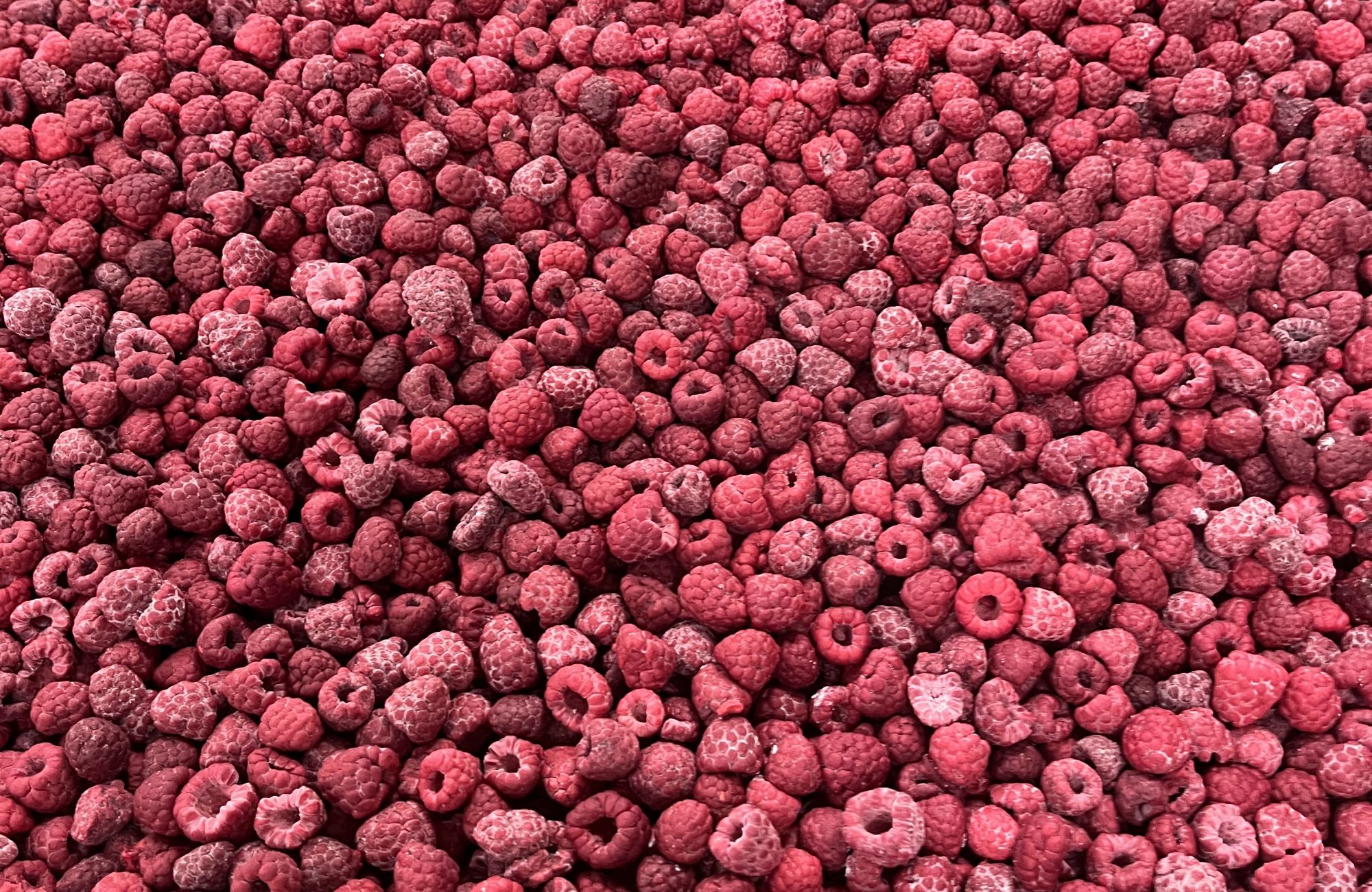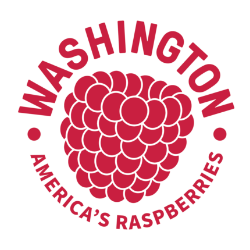
Finding the Perfect Natural Color and Flavor
Increasingly consumers are demanding natural ingredients. They are checking labels more closely to ensure their favorite products are close to being as nature intended.
Even before the pandemic, a 2018 Innova Market Insights report showed 19% of U.S. consumers in 2018 said the phrase “no artificial colors/flavors” influences their purchase decision when buying foods and beverages. That budding trend is driving a robust industry. A recent study by Future Market Insights found that global demand of the overall clean label product market enjoyed year-on-year growth of 15% in 2022, and the same study projects another 16% growth over the next 10 years for the $38 billion industry.
These same consumers are interested in where their food is grown and produced. A 2020 Innova Market Insights consumer survey showed that six in 10 global consumers are interested in learning more about where their food comes from, leading the company to highlight transparency as a top trend heading into 2021.
Real fruit, sourced in the U.S., is one way to get that natural flavor and color with a great story that consumers are primed to appreciate. Both in response to this trend and as a proactive approach, many food companies are looking to differentiate their labels for these discerning consumers and stand out on the shelf.
In the cool, marine climate of the Pacific Northwest, Washington red raspberries are picked at the peak of ripeness, maintaining both flavor and color. Washington state grows 90 percent of the domestic frozen red raspberry crop, packed as frozen whole raspberries, frozen whole/broken raspberries, dehydrated powder and fragments, seeded or seedless puree, and concentrate that are the perfect complement to various products. Among these formats, Washington state growers offer a seedless, pasteurized puree that tastes like ripe berries off the cane in a puree format, packed with real fruit flavor and vibrant color.
The use of real fruit in products offers not only the clean label benefit but also nutritional benefits that consumers also value. For instance, one cup of raspberries is just 73 calories and packed with 6 grams of fiber (21% Daily Value) and 25 mg of vitamin C (27% Daily Value). Raspberries are one of the lowest in natural sugar content compared to other berries as well. Research studies continue to point toward key benefits of the vitamin C, fiber and phytochemicals in raspberries, including anti-inflammatory, anti-oxidative and metabolic stabilizing properties.
As consumers demand more transparency in labeling and more health-conscious options, the use of real fruit ingredients is a win-win for many companies to meet these consumer expectations. Washington red raspberries can be a great place to start that journey.
